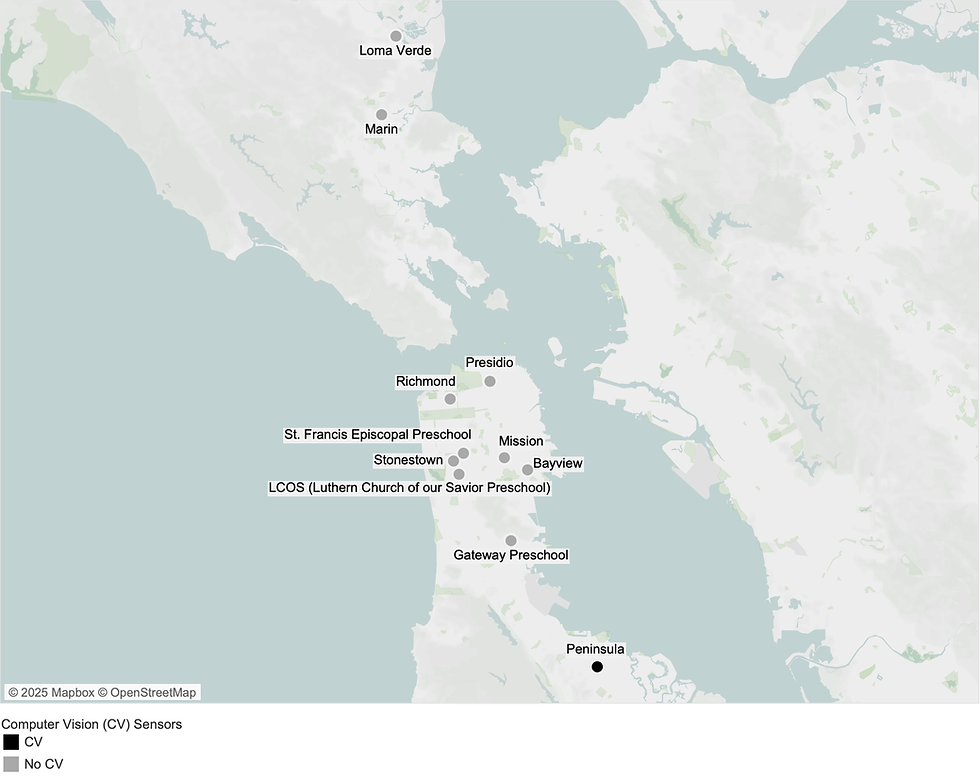Smarter Kitchens, Stronger Schools: Hawai‘i’s Statewide Cafeteria Assessment
- Emilio Goldenhersch
- Sep 2
- 2 min read
Updated: Sep 11

In Hawai‘i, food is more than nourishment, it’s culture, community, and care. For students across the islands, school cafeterias are where that connection takes place every day. The Hawai‘i Department of Education (DOE) recognized the importance of treating food service as critical infrastructure and partnered with MKThink to take a bold, statewide step forward.
MKThink conducted a comprehensive assessment of DOE's public school cafeterias and kitchens. Over 256 campuses and more than 33,000 kitchen assets were evaluated, creating HI-KIT: a central, data-rich foundation that will guide capital planning and food service reform for years to come.
This initiative is part of a bigger plan that aligns with Act 175, Hawai‘i’s commitment to sourcing 30% of school food from local farms by 2030. It responds to the question: How prepared is the school system to serve equitable school meals across the state?

MKThink brought its hybrid expertise, spatial intelligence, strategy, and design to create a framework for smarter cafeteria planning. The team translated complex system data into actionable insights, and, for the first time, DOE leaders could see how kitchen condition directly impacts capacity, equity, and resilience.
Through scenario modeling, MKThink helped the DOE explore five investment strategies, ranging from targeted upgrades to systemwide reconfiguration. Among them, regional kitchen hubs emerged as a standout, enabling campuses to share resources, expand capacity, and strengthen resilience across the islands.

MKThink Quantifiable Impact
256 schools assessed, representing the entire statewide public school system.
33,000+ kitchen assets evaluated, including equipment and sinks.
5 strategic investment scenarios modeled.
Regional hubs are the selected path for a more equitable and resilient path forward.
This work has implications that stretch far beyond one state. Across the U.S., school districts face mounting pressure to modernize food service while balancing equity, health, and sustainability.
Hawai‘i’s unique environmental conditions brought forth an approach that shows how coordinated, data-driven planning can replace piecemeal upgrades with strategies that align state policies, capital investment, and student needs to deliver equity, efficiency, and resilience.
For public sector leaders, this project demonstrates how spatial intelligence transforms cafeteria planning into a lever for broader educational equity. For food service directors, it proves that kitchens are not afterthoughts but mission-critical infrastructure.
At MKThink, we are proud to support this visionary work. By combining data, design, and strategy, we help institutions ensure every decision delivers lasting value for people and place.
Reach out to learn how HI-KIT can work for your district, and share your thoughts with us.



Comments